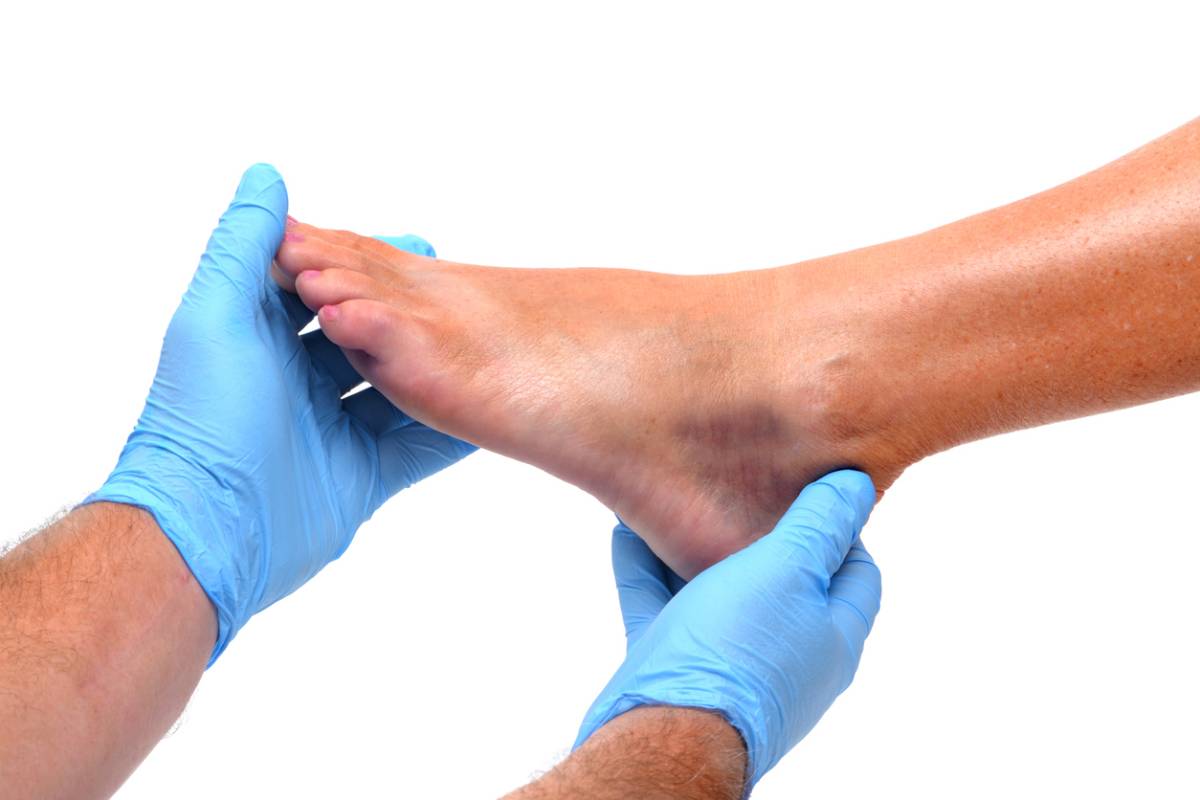Since your heels are responsible for your mobility, it is important to keep them healthy. It is also easy to notice when they are in pain. Sharp or dull pain followed by tension and stiffness in the heels can be a sign that your pain is only getting worse. This might lead you to ask, “Did I bruise or fracture my heel?” Both bruises and fractures can be serious injuries that require specific treatment plans.
Did I Bruise or Fracture My Heel?
Today, experts at your local heel pain treatment institute in California will help you determine the biggest differences between bruising and fracturing in the heel area. Make sure to get in touch with us right away if you are experiencing any kind of discomfort around your feet.
Knowing When You Hurt Your Heel
If you are not careful, you can accidentally damage your heels when you walk or run. They are the first parts of your body to touch the ground, and they can be met with a variety of hard and painful surfaces. You might be putting too much stress on your heels or you have not properly recovered from a past injury, causing you to have growing pains and aches.
There are other factors that can lead to heel injuries. For example, if you often wear unsupportive shoes while walking around, this can cause irreparable damage to your feet. The fatty pads on your heel wear down over time, so anyone who has used their feet a lot will start to feel the pain. Whether you are an athlete or you are just someone who has been on their feet a lot, you might be wondering if there will ever be an end to your heel pain.
Symptoms of Bruises and Fractures
It is sometimes difficult to tell whether you have sustained a fracture or just a bruise because many of the symptoms are identical. It is always best to check in with your podiatrist if you are unsure exactly what the source of your injury is. You must connect with a doctor if you are experiencing any of the following:
- Swelling and tenderness in the feet
- Flattened heels with no fat pads to provide a cushion
- External bruising, leaving visible blue or purple marks on the skin
- Trouble walking due to pain or pressure
The next step in diagnosing your heel pain is to determine whether you have a bruise or a fracture. Both can be treated, but they require different treatment methods. If you can answer the doctor’s questions about the causes of your heel pain, diagnosing and treating your issues will be easier.
Treating Bruises and Fractures
The feet are incredibly complex, and the heels are just one part of the whole. That is why we usually recommend more conservative treatments to start with, rather than rushing right into a surgical intervention. If your heel is bruised but not fractured, we may prescribe a few weeks of staying off of your feet. Using plenty of ice and elevating your foot when lying down are great ways to heal a bruise.
If your pain persists after weeks of treatment, there may be another underlying issue. If the bone under your heel pad is broken or fractured, you will need additional weeks of treatment. The doctor may continue trying to use non-surgical methods to heal your fracture, giving you a medical boot and other tools that will keep you comfortable as you rest.
Diagnose Your Heel Pain ASAP
Depending on the severity of your bruise or fracture, you may need additional treatment for your heel. We offer minimally invasive heel pain surgery for those with symptoms that have not gone away even after weeks of our more conservative treatments. A range of options are available to anyone looking to relieve pain and improve their foot health for good. Contact us today to get started!
